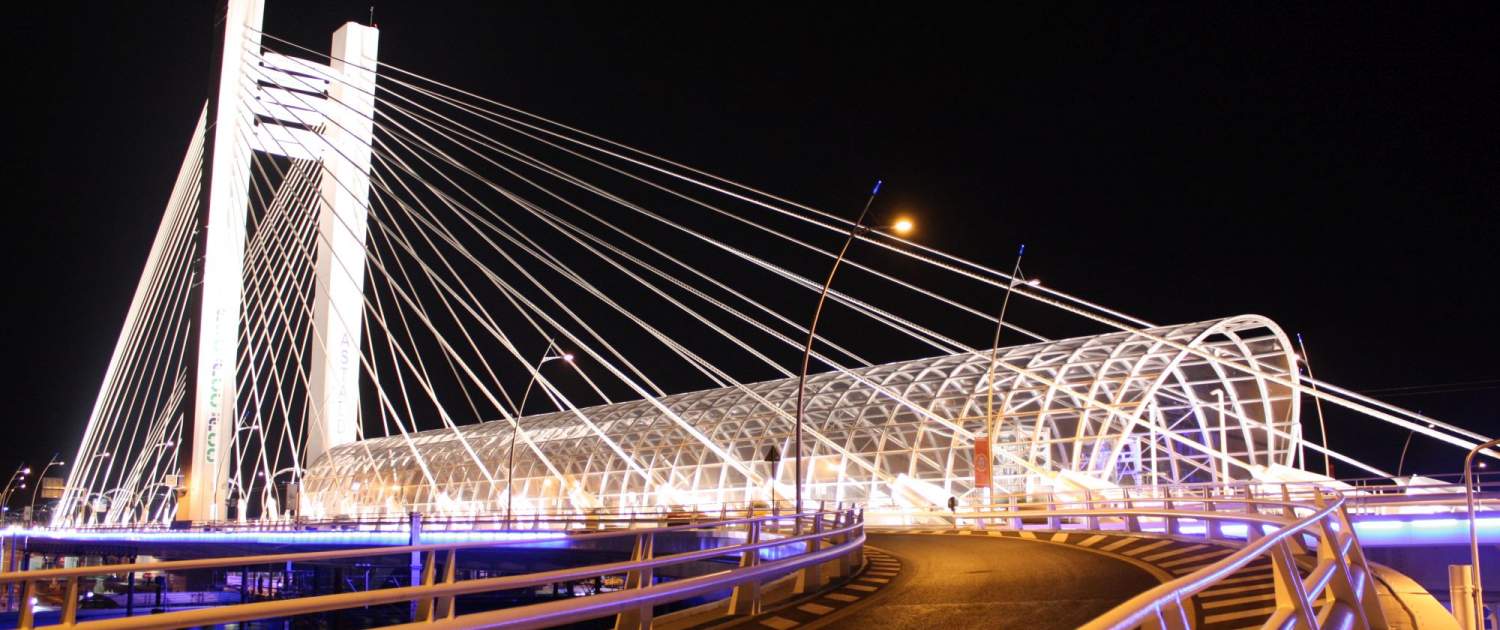The last comment and 93 other comment(s) need to be approved.

0737 975 305 | contact@kadra.ro
- Cluj – Napoca – Nikola Tesla Street, no. 15, Tetarom I
- Bucharest – Dudeşti-Pantelimon Street, no. 42
- Timisoara – Cloșca Street, no. 66
KADRA is part of EMI Group

Quick browse in Romanian
Latest news
Recent Posts
- Incuboxx – an innovative type of building, in Romania, Timisoara
- “Regina Maria” Military Hospital Parking
- Automatic revolving doors – Bucharest One
- Smoke exhaustion with Simon RWA motors at The National Theatre
- Basarab Passage, Bucharest – Bridge Tunnel
- KADRA Revolving doors at E. ON Targu Mures
- 3 revolving doors mounted at Veranda Mall by KADRA
- Access to the new stadium in Craiova by ticket scanning- ticketing system




History – Basarab Passage
The concept for Basarab Passage was designed even since 1989.
The plan took shape only in 1999, when the Government agency created a plan for the transportation in the capital.
Thus, in 2000, the project was taken over in the General Urban Plan and the administration of the city concluded an agreement with the European Investment Bank, to finance the works.
In 2004, the passage design was subjected to structural changes, the works commencing in 2006.
On June 19, 2011, Basarab Passage was commissioned for use by vehicles.
The construction lasted 5 years and 4 months.
Technical details – Basarab Passage
Basarab Passage measures an impressive 2 km in length, has 4 traffic lanes and 2 tram lines on the centre of the passage.
Costul total al pasajului a fost de 240 de milioane de euro.
The passage has a total of 11 access ramps, 2 main ones, at the ends, and 9 secondary ones. The overall cost of the passage was 240 million euros.
Hobanat Bridge from Basarab Passage (supported by cables) has a length of 222 meters and is supported by over 3000 cables connected to piles 84 meters long. Hobanat Bridge also represents an intermodal point, the largest in Romania.
It unifies, in the same spot, a tram line on the bridge, 3 tram lines under the bridge, bus and trolley lines, metro lines, 2 railway stations, plus areas especially designed for taxi and 2 bus stations for internal and international transport.
Basarab Passage represents an intermodal point for Bucharest transportation system.
It unifies one tram line on the bridge, 3 tram lines under the bridge, metro lines, trolley and bus lines, 2 train stations and areas especially designed for taxi.
There are 2 bus stations in the immediate proximity.
Basarab Passage can be used by 4000 cars per hour and is currently used by more than 60.000 persons, daily.
Compact polycarbonate – Basarab Passage
On Basarab Passage, there is one tram line measuring 90 meters in length and 19-meter wide.
It is provided with 4 fixed stairs, 4 escalators and 4 elevators.
More than 700 plates of compact polycarbonate, 12 mm thick were mounted to protect passengers against adverse climatic events.
Compact polycarbonate weighed, in total, 300 tons.
For Basarab Passage, compact polycarbonate was selected due to its extended warranty against adverse climatic events.
Compact polycarbonate has a 10-years guarantee against yellowing or visual degradation.
Compact polycarbonate is also provided with UV protection, to avoid generating greenhouse effects.
Due to the large number of passengers using the tram on Basarab Passage, a resistant solution was necessary, to ensure their protection.
Compact polycarbonate has outstanding resistance to impact, being shatterproof, therefore, passengers are protected against shards.
For Basarab Passage, compact polycarbonate was cold bent and fitted to a metal frame, to create a solid and resistant structure.
Full Gallery – Basarab Passage